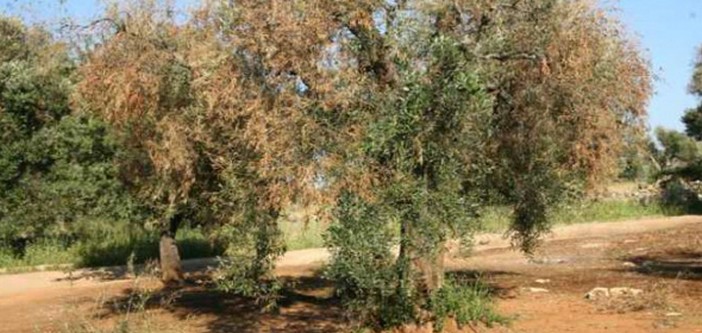Since the presence of Xylella fastidiosa was suspected on myrtle-leaved milkwort (Polygala myrtifolia), Christian Estrosi has accelerated actions on this matter.
In the midst of an electoral campaign, there cannot be any major constraint that might disrupt the framework of his propaganda efforts.
After bringing together industry professionals, he outlined a proactive action plan.
“As soon as the identification of this strain is known, I request to be received with the professionals by the Prefect of the Alpes-Maritimes, so that we can develop an action plan that accurately measures the risk. I refuse to let the lack of control over this bacterial infection lead to an economic and social disaster for our plant producers and professionals,” he stated in a press release.
For its part, the Prefecture wanted to clarify: “The detection of the suspected plant occurred within the framework of enhanced monitoring implemented by the State since 2014 to prevent the introduction of this harmful organism.
As part of this, a total of 371 plant samples have been taken since February 2014 in the Provence-Alpes-Côte d’Azur (PACA) region, and none of these samples has revealed a Xylella fastidiosa outbreak.”
Xylella fastidiosa
A group of phytopathogenic bacteria named Xylella fastidiosa causes leaf scorch and rapid decline symptoms in olive trees. These formidable pests have spared Europe for a century.
The disease primarily affects old olive trees (100 years or older).
Initially, a scorching-drying of the leaves is observed. The leaf periphery turns from yellow to dark brown, then the browning spreads inward to eventually result in desiccation. However, the dried leaves and shriveled drupes remain attached. In more advanced stages, the drying of olive tree branches is observed (with random distribution in the canopy), followed by the death of the trees.
In X. fastidiosa, at least four distinct subspecies have been identified, each inducing different types of symptoms on their specific hosts.
The fact that Olea europaea is a host for X. fastidiosa is a recent phenomenon worldwide. Indeed, the first description of leaf scorch-drying on olive trees was made in California in 2010.


